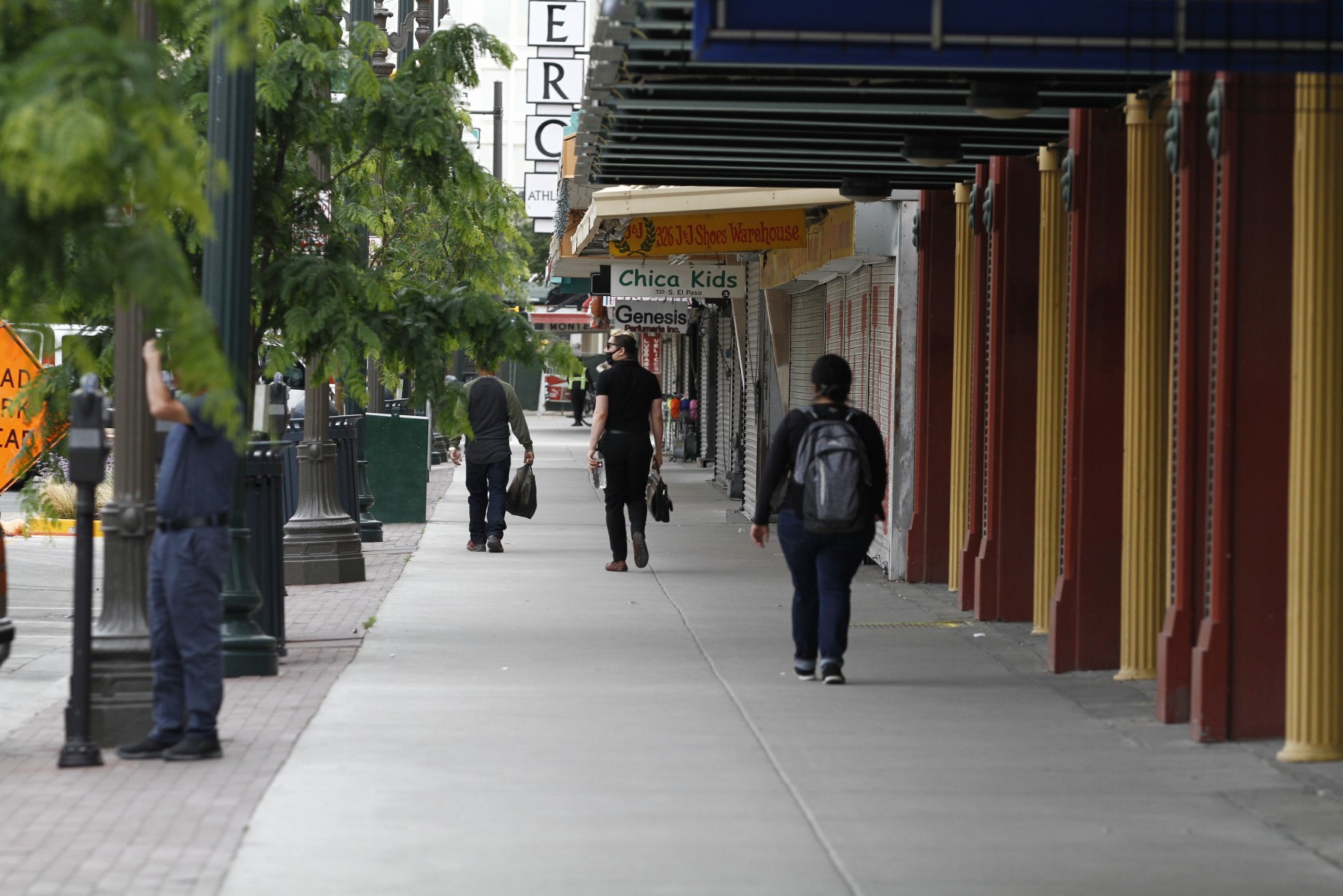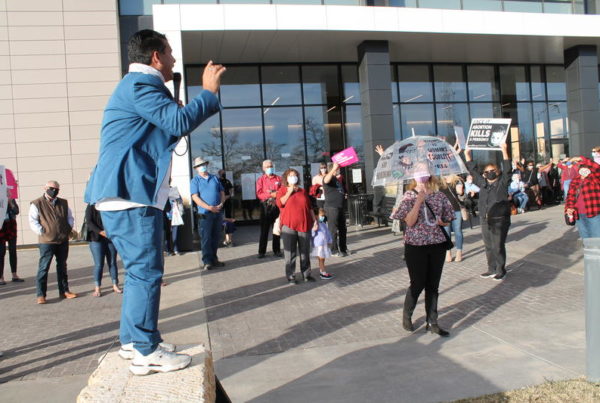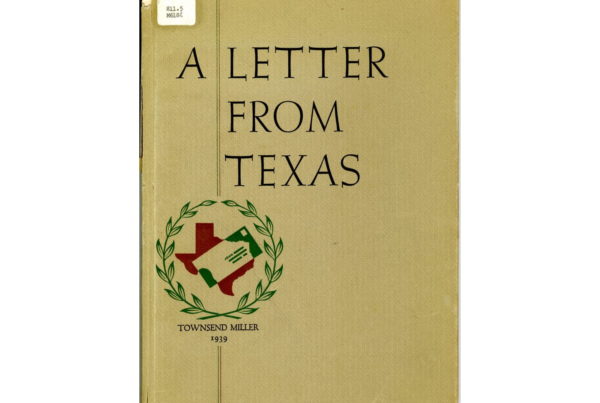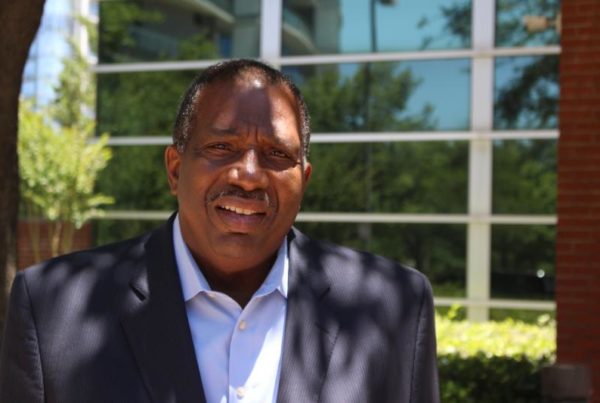From KERA:
Abilene recently became the eighth region in Texas to meet Gov. Greg Abbott’s threshold for rolling back business capacity, as a way to slow the spread of COVID-19. A host of local leaders across the state say they would like to do more, but the governor’s statewide orders limit their power to impose restrictions — part of Texas’ ongoing struggle between state and local control.
Earlier this fall, COVID-19 cases started to climb in El Paso, stretching hospitals thin and leading to a backlog of bodies at the medical examiner’s office. County Judge Ricardo Samaniego ordered a temporary shutdown of nonessential businesses.
“I’m also very cognizant and respectful of the governor’s orders,” he said at a press conference announcing the shutdown in October. “The hard truth is that the people who are dying are El Pasoans. They are not in Austin. And I have the responsibility to do everything I can to protect El Pasoans.”
The shutdown didn’t last very long. State Attorney General Ken Paxton sued to block the order, and an appeals court ruled in his favor, saying local officials can’t impose tighter restrictions than what the governor has in place.
That night, in a tweet celebrating the ruling, Paxton called Samaneigo a tyrant.
“I will not let rogue political subdivisions try to kill small businesses and holiday gatherings through unlawful executive orders,” he wrote.
“Given how the constitution is structured in Texas, legally speaking, there’s not much that municipalities can do if it’s the case that the state tells them they can’t do it, period,” said Brandon Rottinghaus, a political science professor at the University of Houston.
The battle over Samaniego’s order followed a familiar pattern, Rottinghaus said. State leaders have a history of painting local governments as rogue and out of control, and stepping in to quash local measures, like when Austin passed a paid sick leave ordinance or Laredo banned plastic bags. Often, the conservative state government wants to block more progressive local policies.
“If they limit what happens in local government, they can limit the spread of these progressive values,” Rottinghaus said.
SEE MORE: Critical Decisions: Which Texas Leaders Call The Shots On COVID-19
Over time, he said, the focus on constraining local control has become more of an ethos, and less a response to specific measures. Now, that ethos is part of the state’s approach to the coronavirus.
“One of the things that we knew early on and what we received instructions on early on from Austin was that this disaster, this pandemic and the response to it was going to be directed out of Austin,” said Lubbock County Judge Curtis Parrish.
His region is another COVID hotspot, and though he said he never considered the kinds of restrictions El Paso County tried to impose — like a shutdown or strict curfew — he does wish local officials had more power to respond to the virus as they see fit.
“One size doesn’t fit all,” he said. “Just because this is the way Harris County or El Paso County or Bexar County needs to respond to the pandemic doesn’t necessarily mean that’s the way Lubbock County needs to respond.”
There was a window, before Abbott’s statewide order, when county judges and mayors had more authority. Parrish said he was able to take swift, targeted action, like closing nursing homes to visitors, when those facilities had major outbreaks.
“I would still like that particular ability,” he said. “To come and see where we’re seeing places that are on fire with the virus, be able to go in, target those areas, just like we targeted nursing homes in the beginning.”
At a press conference in Lubbock last month, Gov. Abbott said local leaders already have plenty of tools at their disposal to slow the virus’ spread.
“Some local officials are not using the tools available to them to make sure they are taking every step they need,” he said. “So just giving more tools won’t mean anything.
Abbott’s statewide order does allow harder-hit regions to take some additional steps. If hospitalizations pass a certain threshold, new restrictions kick in, like scaling back indoor capacity at nonessential businesses from 75 to 50%.
But many leaders say those rollbacks aren’t sufficient.
“Our hands are tied, and no one believes these new restrictions will be enough,” Dallas County Judge Clay Jenkins told the Texas Standard, just after his region met the state’s threshold. “Everyone knows that this in and of itself will not stem the tide.”
Still, there’s not much he or other county judges can do. When the court blocked El Paso County’s shutdown order, the message was clear: local leaders can’t take the pandemic response into their own hands.
Brandon Rottinghaus, with the University of Houston, says these types of legal challenges to local control have a chilling effect on local governments.
“In terms of their ordinance making, but also in terms of their decision making from local officials,” he said. “They’re less willing to go out on a limb when trying to fix these problems or trying to address these concerns because they’re worried that they’re gonna get their hands chopped by the statewide officials or by the courts.”
It’s been happening for years, and even now — with lives in the balance — that hasn’t changed.
Mallory Falk is a corps member with Report For America, a national service program that places journalists into local newsrooms. Got a tip? Email Mallory at Mfalk@kera.org. You can follow Mallory on Twitter @MalloryFalk.















